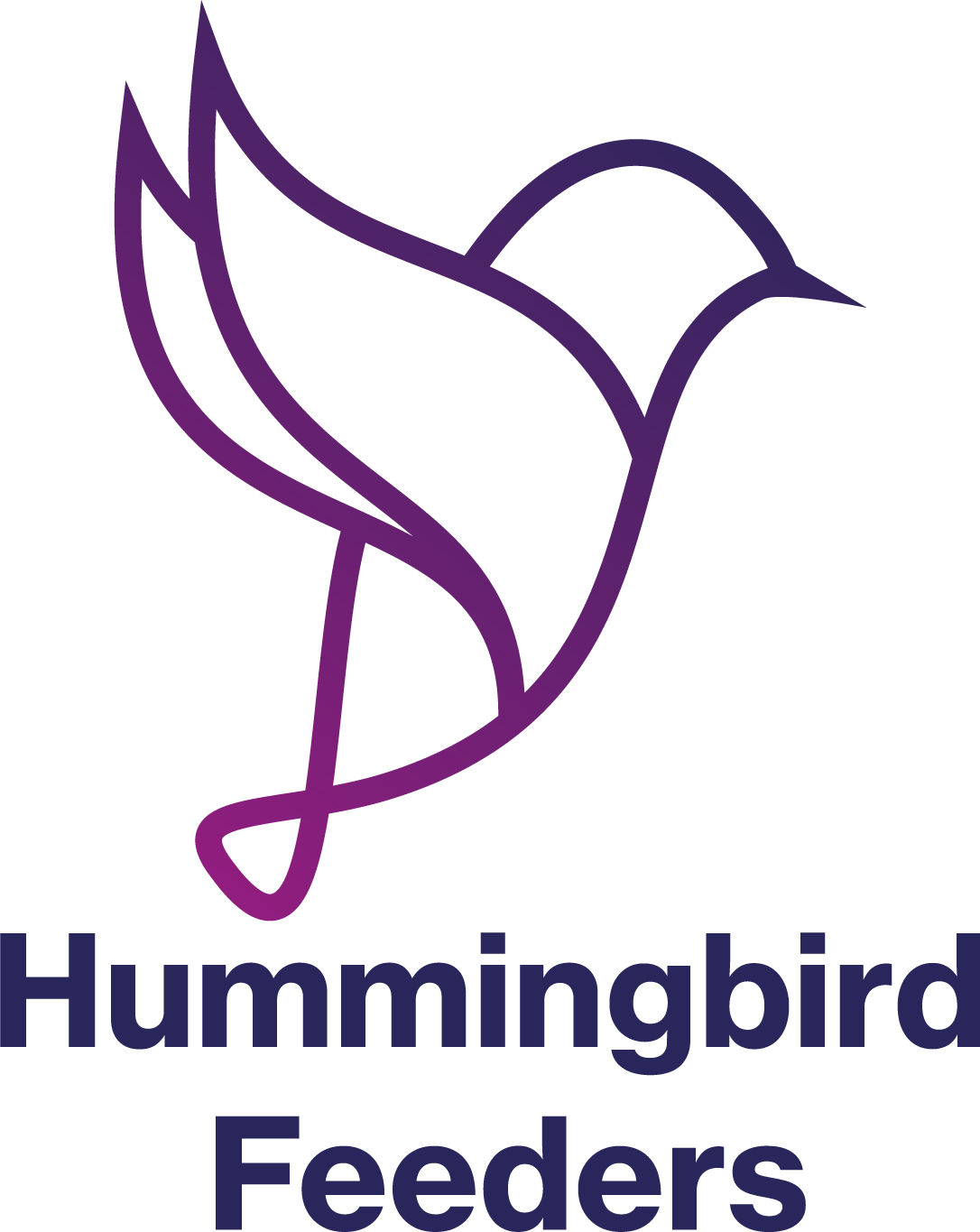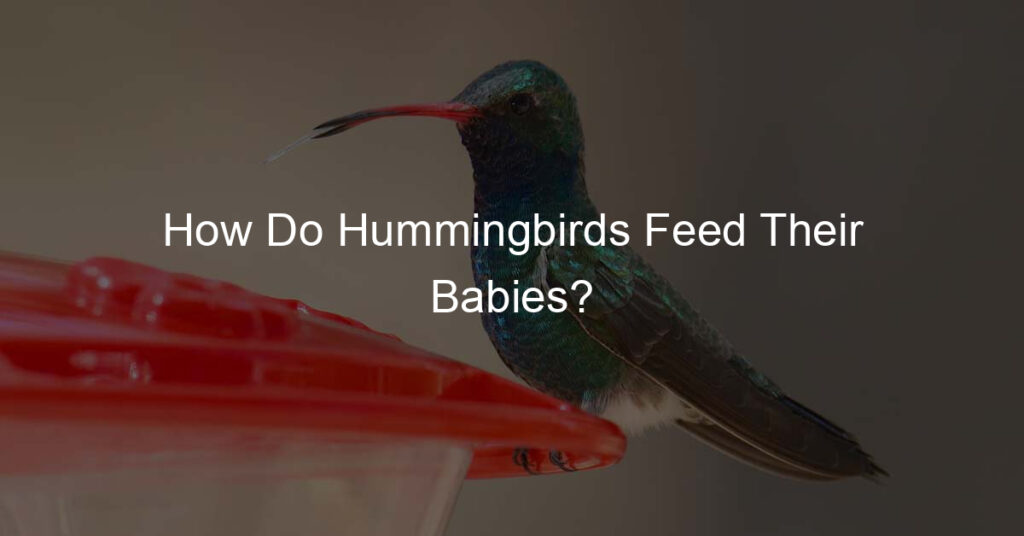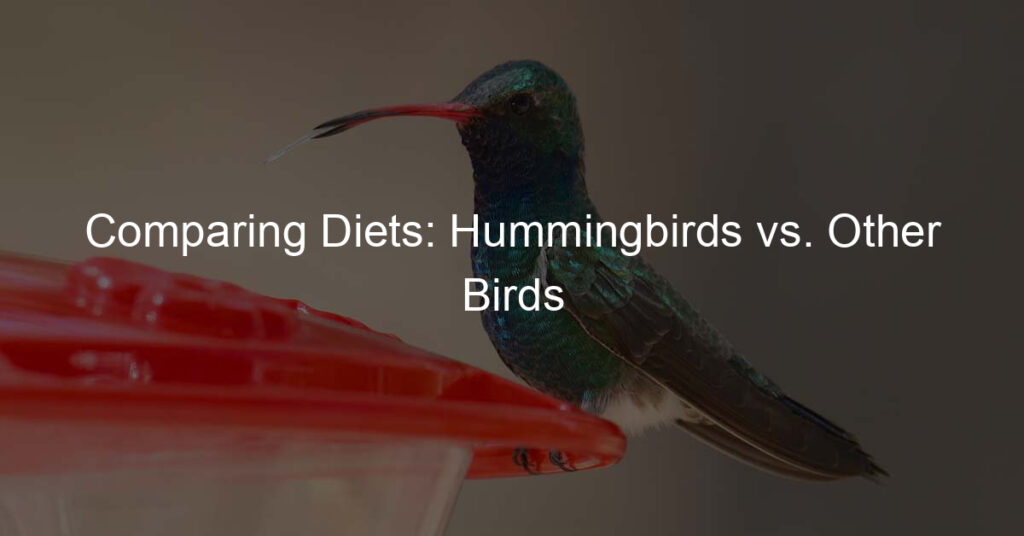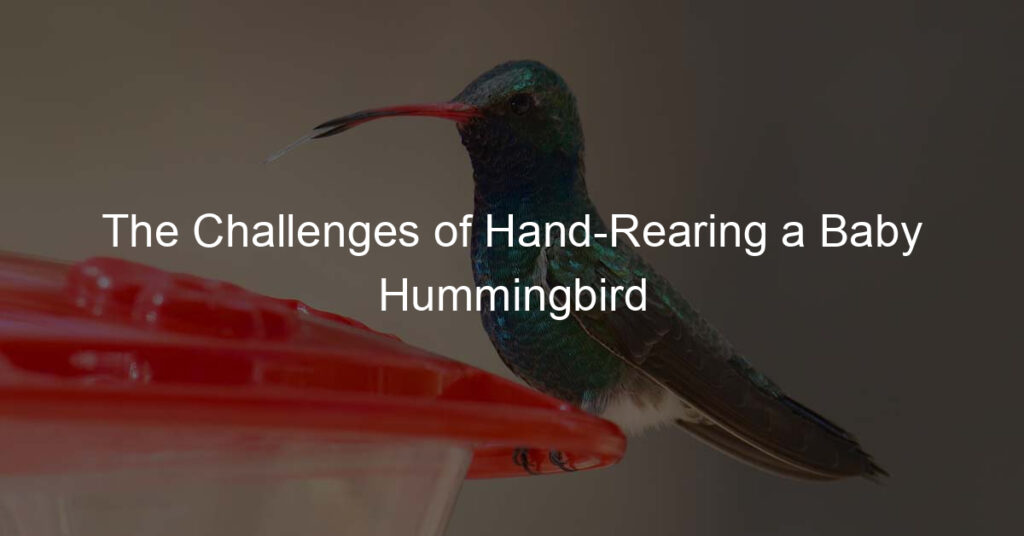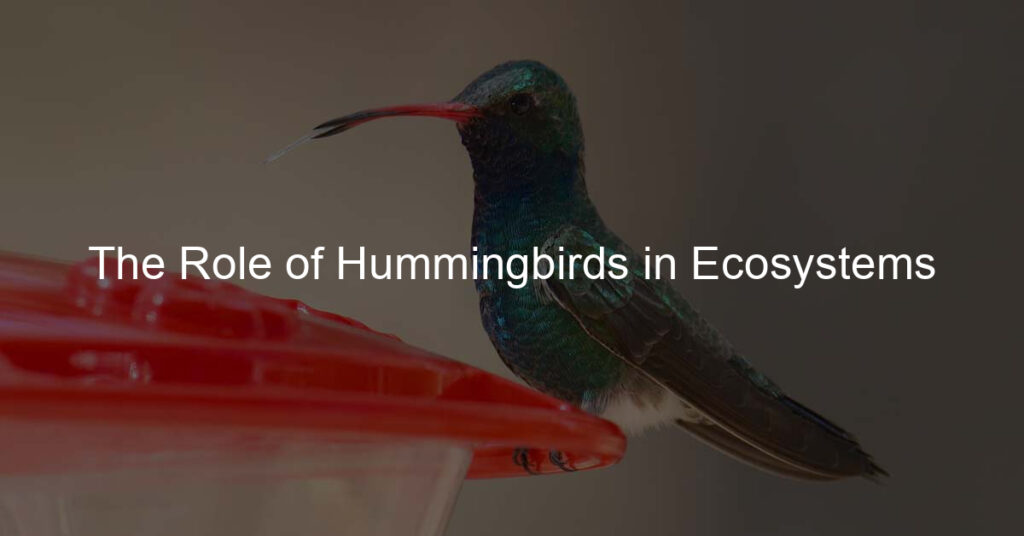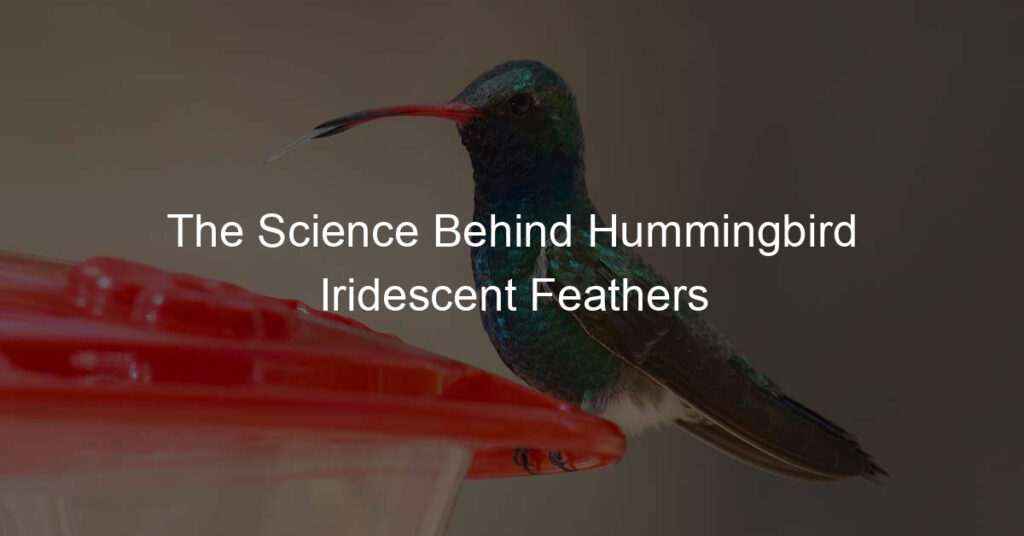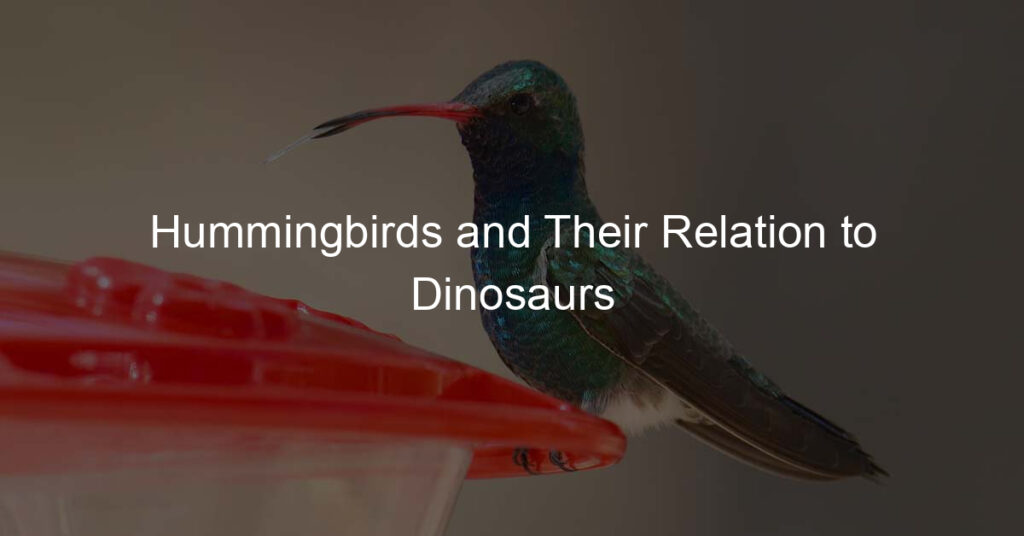When most people think of hummingbirds, they think of the brightly colored creatures that hover around flowers. But did you know that these birds also have babies? And just like any other parent, hummingbirds must work hard to make sure their young are well-fed. In this blog post, we will take a closer look at how hummingbirds feed their babies and discuss some of the challenges that come with raising young ones.
Introduction To Hummingbirds
Hummingbirds are one of nature’s most interesting creatures. They are tiny members of the bird family, and weigh no more than a few nickels! Hummingbirds have lots of energy because they feed on sugary nectar, meaning that they’re constantly flitting about from flower to flower.
Read more: How Often Do Hummingbirds Eat?
Perhaps their most fascinating feature is that they can hover in one spot just by beating their wings rapidly — up to 80 times per second! That’s five times faster than normal bird flight and it gives them an advantage when they need to stay still while reaching for nectar in deep flowers. So next time you’re out in nature keep an eye out for these curious little birds; they may be small but with so many remarkable traits, hummingbirds never fail to astound.
How Do Hummingbirds Feed Their Babies?
When the mother hummingbird lays eggs, the father takes off for food and leaves her to take care of the hummingbird eggs and hatchlings. After they hatch, feeding a baby hummingbird can be a tricky and impressive task for parents!
Hummingbird parents typically feed their offspring a nutrient-rich liquid called “hatchling food”, which is composed of proteins, fats, and carbohydrates. As hummingbird chicks cannot digest solid food yet, the hatchling food works as the perfect nutrition source for them.
Gaping Process
The food is delivered to the babies in the hummingbird nest through a process called “gaping”. The mother hummingbird feeds them by opening its beak wide and allowing the food stored in its crop (a pouch located right behind its beaks) to enter the babies’ mouths. The hummingbird babies will then suck on their parents’ bills to take in the food they need to grow.
Insects & Spiders
Baby hummingbirds eat insects and spiders as well. So, father or mother hummingbirds help feed their young ones by bringing them insects and spiders, which are especially important since they contain essential proteins that hatchling food lacks. The male or female hummingbirds will catch the food in their beaks and then fly back to the nest for the babies to eat. It is a very intensive process for both parents, as they are constantly flying back and forth to bring food for their young.
Read more: Do Hummingbirds Eat Grape Jelly?
Challenges That Come With Raising Young Hummingbirds:
Raising a family of hummingbirds can be quite a challenge, especially when it comes to feeding them! Hummingbirds young need protein-rich food, such as insects and spiders, to help them get their tiny bodies growing.
During the spring when baby hummingbirds first come into the world, they require constant feeding, sometimes every 10-15 minutes. Finding the right kind of constantly available food resource can be a tricky task in many areas. Even if insects are not plentiful in one’s area, it is still possible to provide sustenance to these miniature creatures with a feeder filled with a sugar water solution that needs to be changed every few days.
Read more: How To Feed Hummingbirds In Freezing Weather?
Placing A Bird Feeder In Your Yard:
By placing a hummingbird feeder in your yard, you can help hummingbirds get the sustenance they need to survive. Make sure to use a special hummer food mix that contains 4 parts of water and 1 part of white sugar. It is also important to change the solution every few days to make sure it doesn’t spoil or become a breeding ground for bacteria.
What Is The Best Food For Young Hummingbirds?
If you have hummingbirds in your yard, they certainly need a specific type of diet.
- The best food for hummingbird young is an easy-to-make mixture of one part white sugar and four parts water. It is best to use good quality white granulated cane sugar, as table sugars are sometimes processed with chemicals that aren’t healthful for hummers. This simple solution can be placed in hummingbird feeders, but remember – freshness is key! Change the nectar every few days to keep it clean and hygienic for these tiny birds.
- Alternatively, you can make a paste from yellow mealworms, which will also attract hungry hummingbirds.
- A mix of high-caliber proteins such as boiled egg or fish food flakes would be a great supplemental feeder option too.
- In any case, plain water should be easily accessible to these creatures at all times because hydration is vital for their well-being!
Hummingbirds are truly remarkable creatures, and understanding how to best nourish them is just one of the many ways we can appreciate and protect these amazing birds in our natural environment.
Read more: How To Make A Hummingbird House
FAQs:
1) What kind of food do hummingbirds feed their babies?
Hummingbirds feed their young a liquid called “hatchling food” composed of proteins, fats, and carbohydrates. Additionally, they bring them insects and spiders for protein-rich sources that hatchling food lacks.
2) Is there any special diet for young hummingbirds?
Yes, the best food for young hummingbirds is a mixture of one part white sugar and four parts water. Alternatively, yellow mealworms or high-quality proteins such as boiled egg or fish food flakes can be used as supplemental feeders. Plain water should also always be available for them to stay properly hydrated.
3) How often should the sugar water solution in a hummingbird feeder be changed?
The sugar water solution in a hummingbird feeder should be changed every few days to make sure it doesn’t spoil or become a breeding ground for bacteria. This ensures the best nutrition for these tiny birds and helps keep them healthy.
4) What is the best way to attract hummingbirds in the garden?
To attract hummingbirds in your garden, you can hang a feeder filled with the sugar water solution mentioned above. If possible, offer other food sources such as mealworms or proteins for young hummingbirds. Planting flowers that have nectar will also help bring these tiny birds to your yard.
The Bottom Line:
Hummingbirds are incredible creatures, and their young require special care when it comes to feeding. Hummingbird parents use both nectars from feeders and insects that they catch in their beaks to provide sustenance for the babies. Keeping up with frequent maintenance is essential, as fresh food should always be available for these tiny birds. A mixture of white sugar and water or yellow mealworms is a great source of nutrition for the young, and plain water should always be accessible to them. With dedication and patience, you can enjoy watching hummingbirds grow in your own backyard!
Read more: Where Is The Best Place To Hang A Hummingbird Feeder?
